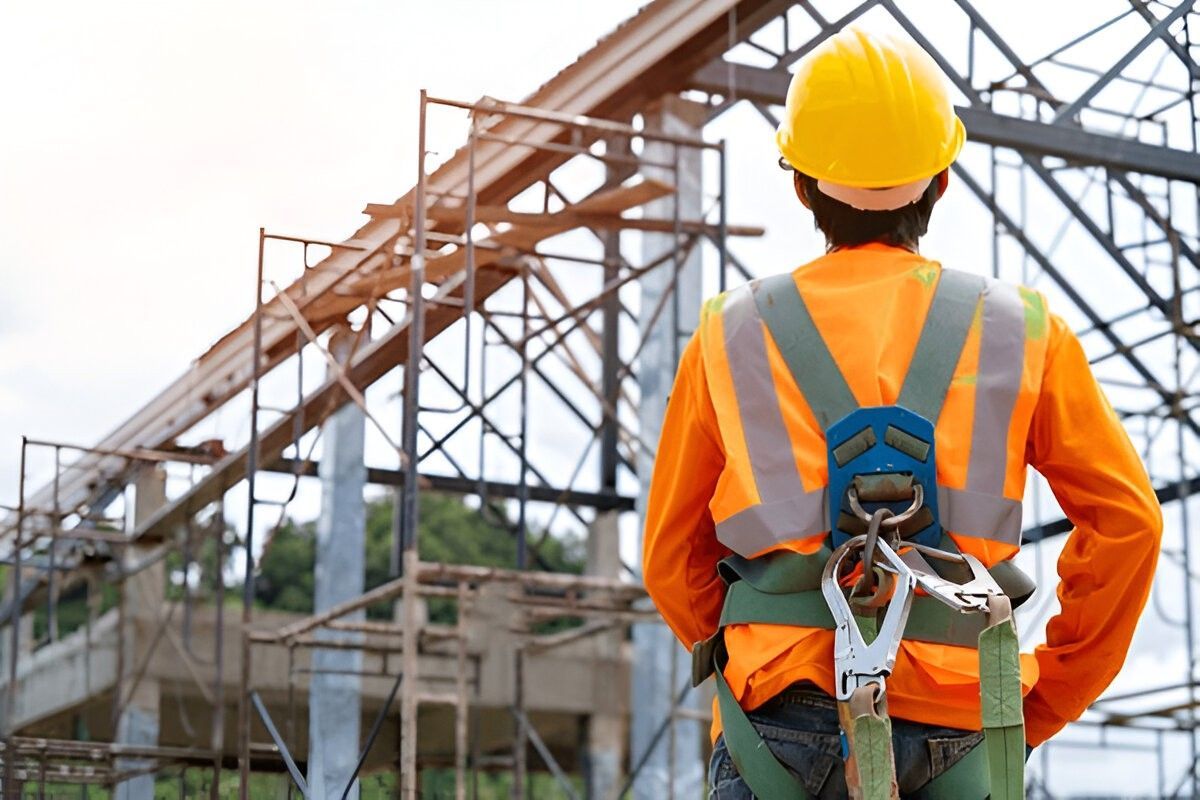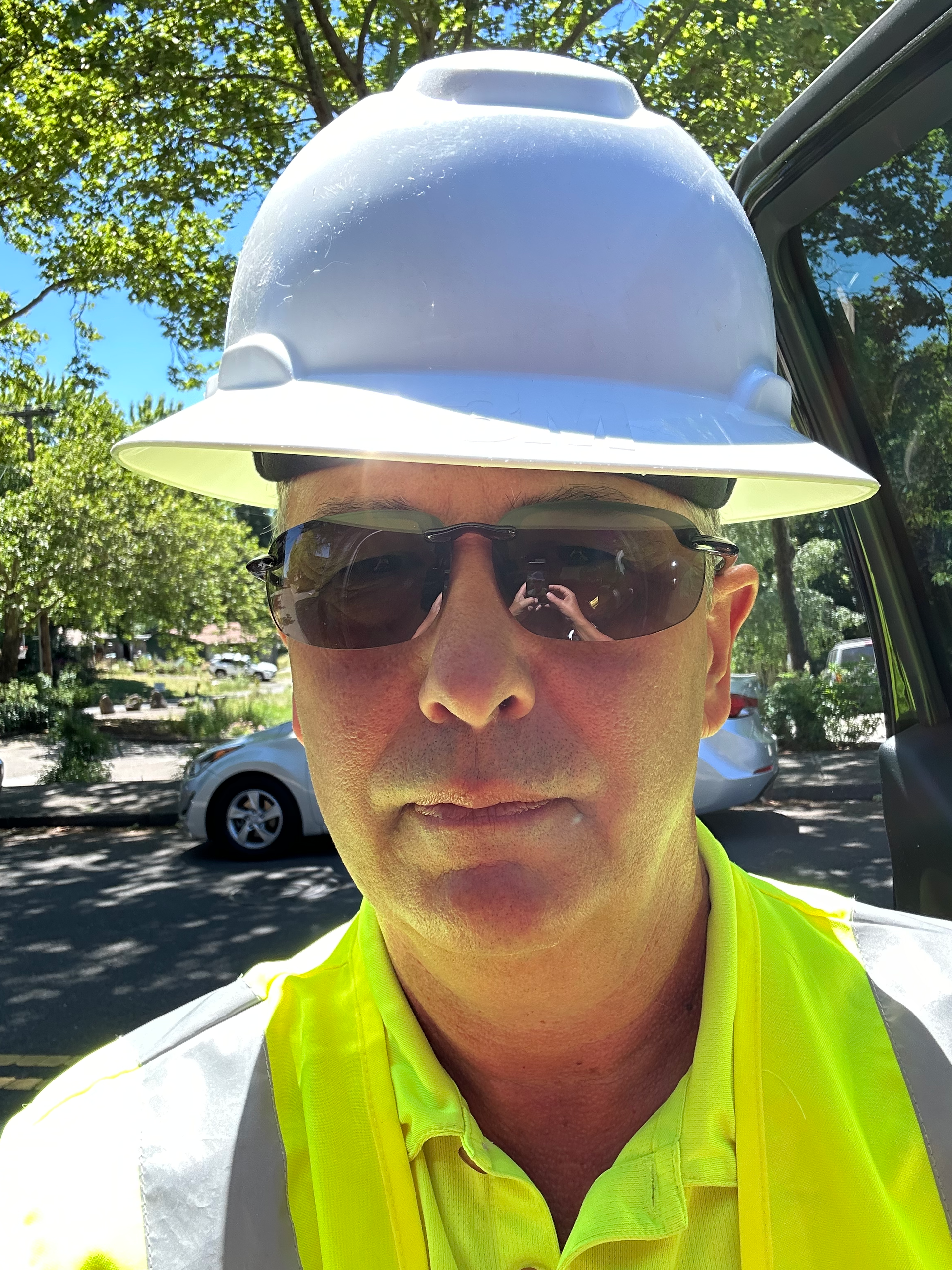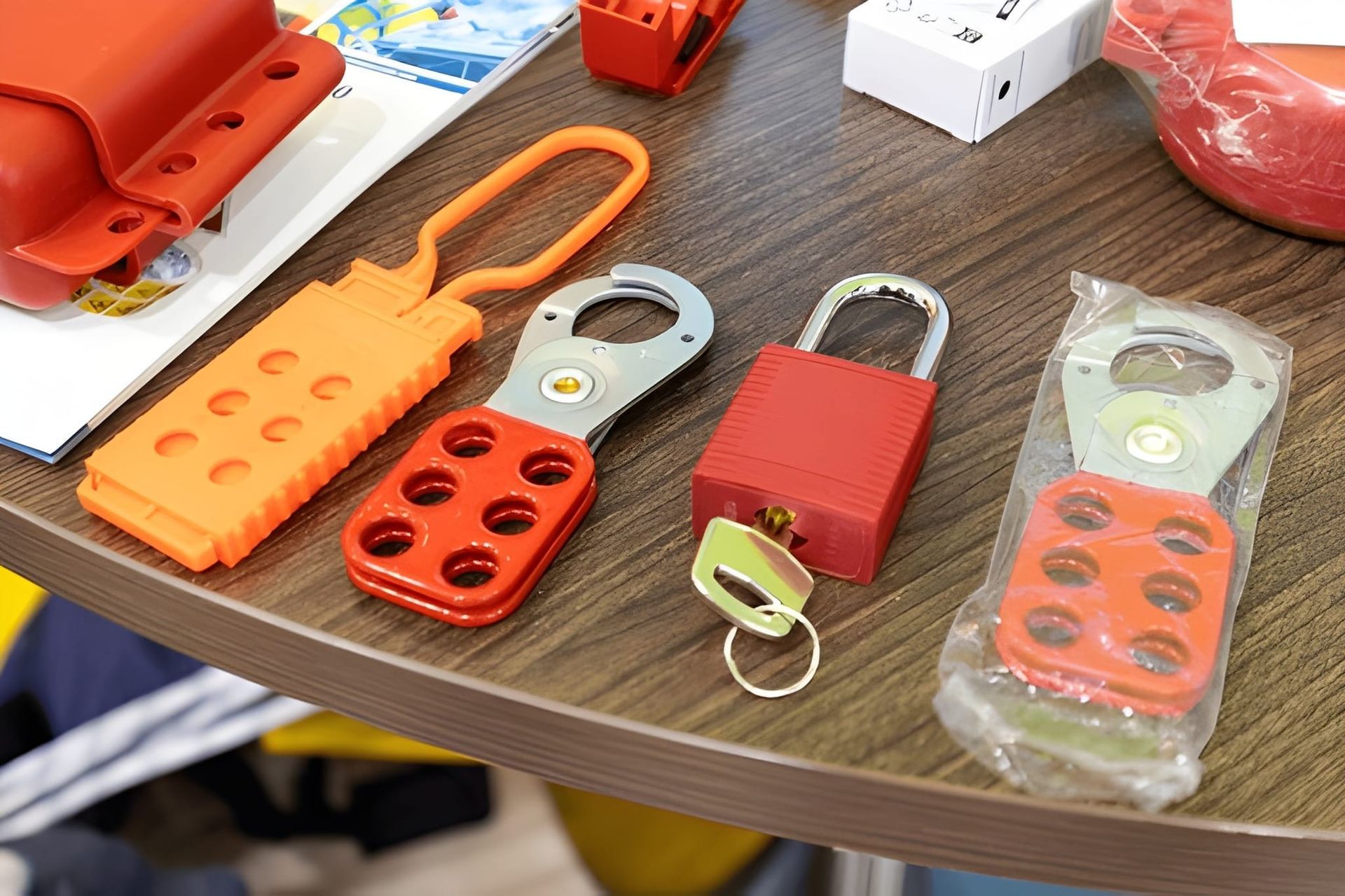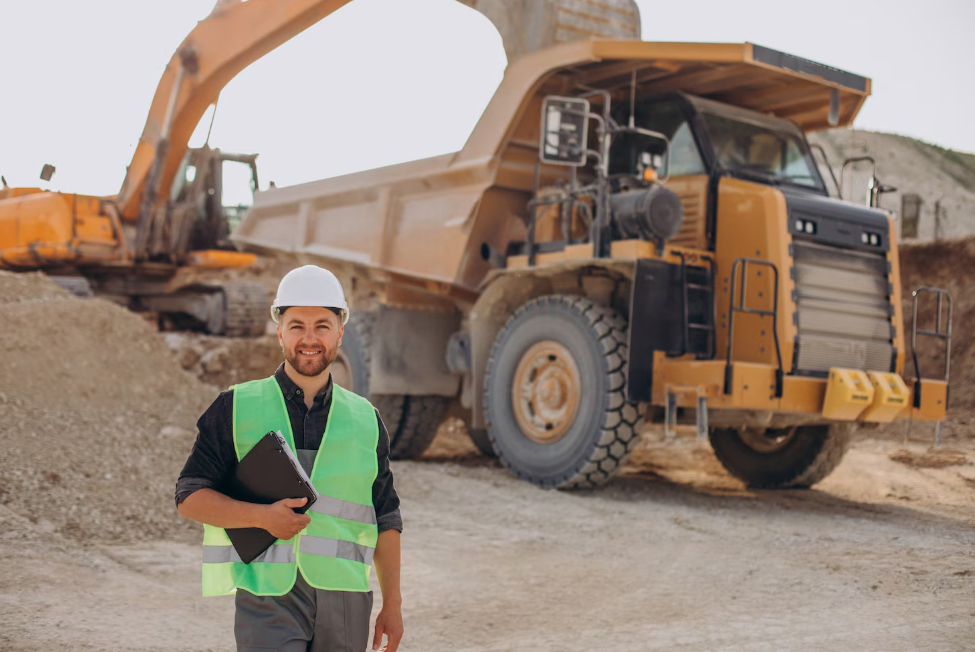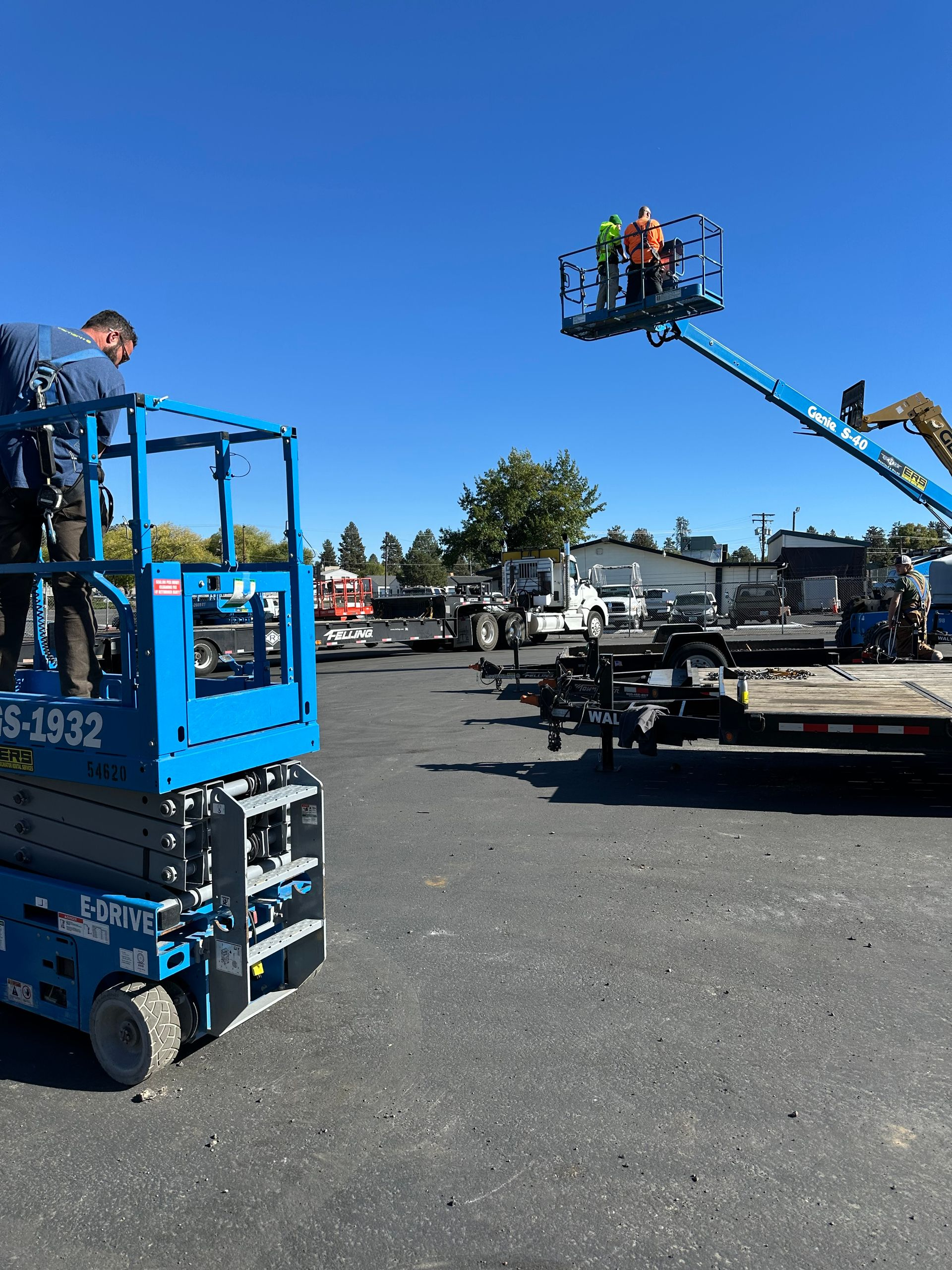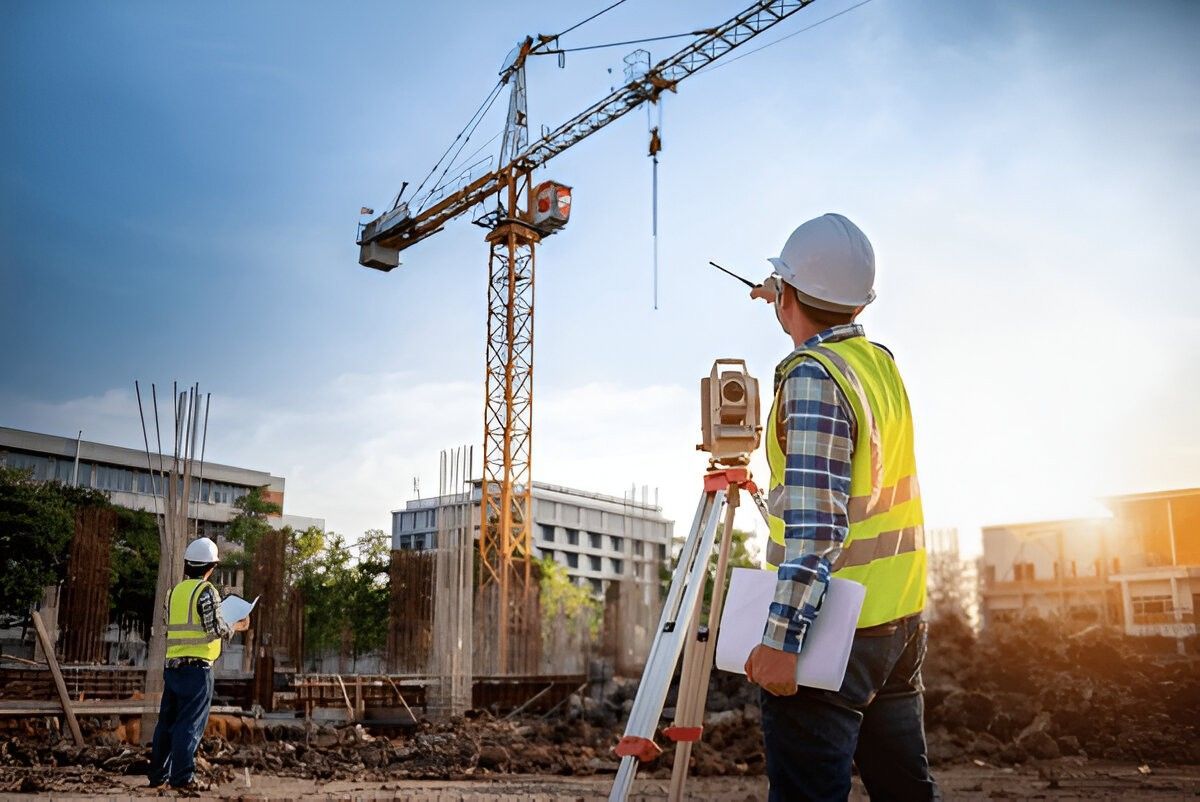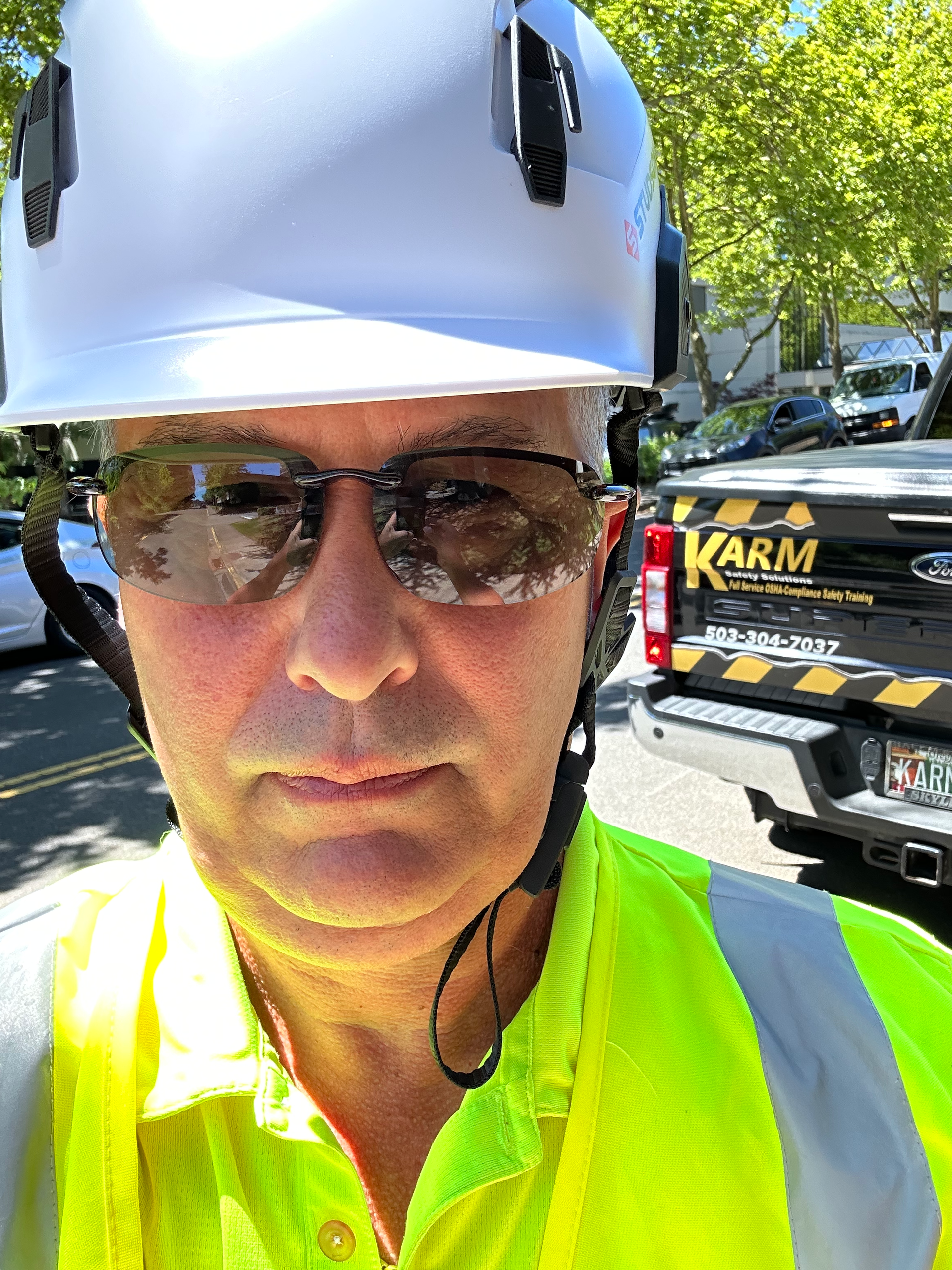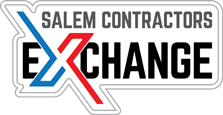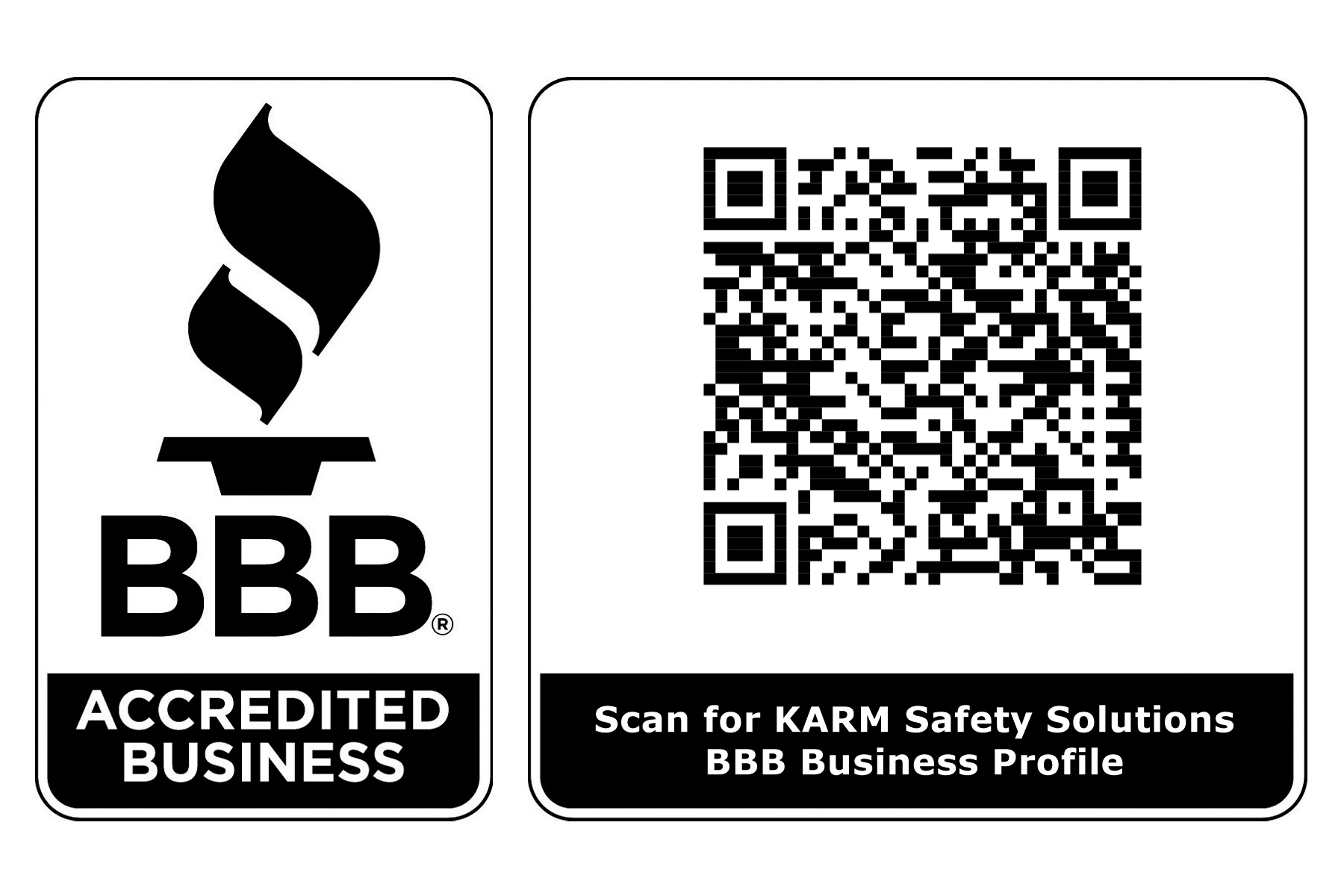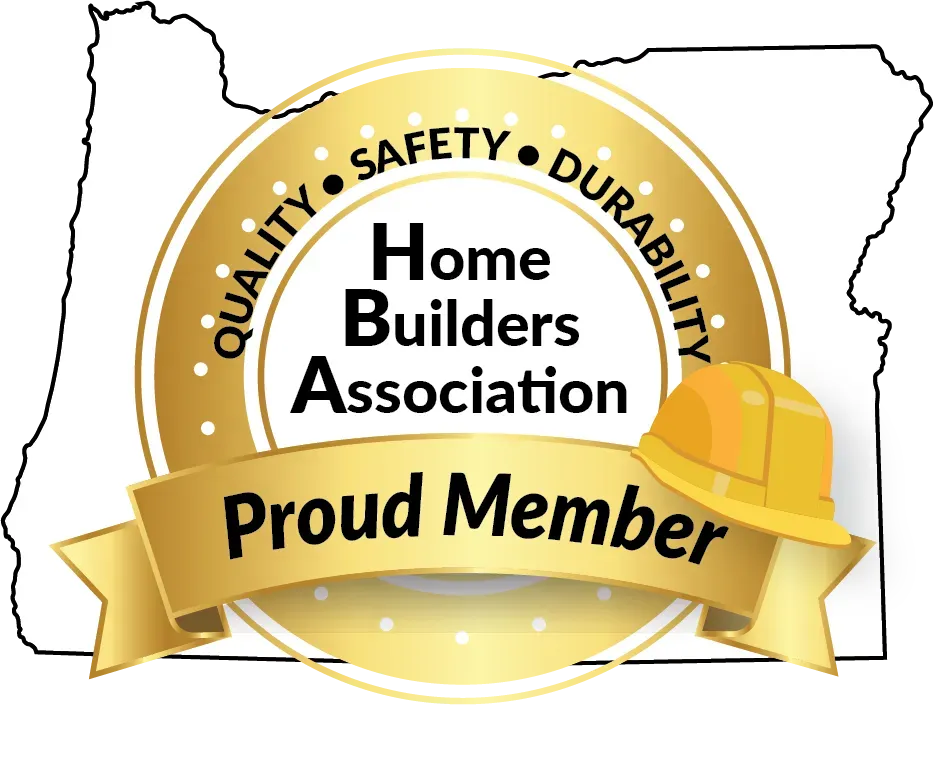Bucket Truck Certification Myths Busted: What You Really Need to Know
Misconceptions around bucket truck certification can lead to costly mistakes, unsafe practices, and compliance issues. Whether you're an employer, a utility worker, or part of a maintenance crew, it’s essential to separate fact from fiction. This blog clears the air by examining the most common myths, aligning with safety standards, and explaining what really matters.
Myth 1: Only Operators Need Training
One of the biggest mistakes is assuming that certification is necessary only for the person operating the controls. In reality, OSHA requires training for anyone working on or around a vehicle-mounted aerial lift. That includes ground personnel assisting with tasks, guiding the lift, or handling equipment near the unit. Understanding risks like tip-overs, falls, and electrical contact is just as vital for ground support as it is for the operator.
The support team plays a direct role in ensuring safe lift operation. Miscommunication, poor setup, or lack of hazard awareness from support staff can easily lead to serious incidents. Everyone on the job site benefits when the entire crew is trained to the same standard.
Myth 2: Online Training Isn’t Recognized
Another myth is that only in-person training counts. That’s not true. As long as the course meets OSHA requirements, both in-person and online formats are acceptable. Many professionals choose online classes for flexibility, especially if they need to refresh their credentials or train multiple team members across different locations. What matters is that the course content covers inspection procedures, hazard prevention, and safe operation techniques.
Reputable online training programs include detailed modules and compliance-based assessments. They’re designed to offer the same level of depth as a classroom setting. The key is choosing a course that focuses on both theoretical knowledge and practical applications.
Myth 3: Certification Lasts Forever
Some believe that once certified, they're set for life. That’s false and risky. Bucket truck safety is not a one-and-done deal. Refresher training is recommended whenever there’s a change in equipment, procedures, or if the operator has been involved in an incident. Regular re-evaluation helps ensure everyone remains sharp and compliant with current standards.
OSHA also expects employers to verify that workers are qualified and operating equipment safely over time. That means staying current is not just best practice, it’s part of long-term compliance.
Myth 4: It’s Only About Passing a Test
Certification isn’t just a checkbox. It involves practical knowledge and hands-on training. Topics like proper load distribution, unit setup, and daily inspections are part of the process. It's about learning how to prevent falls, respond to emergencies, and use the machine correctly. The goal is to improve safety and reduce incidents, not just to get a certificate.
Understanding the unit’s physical limitations, electrical exposure risks, and emergency procedures goes far beyond passing a quiz. It’s the difference between ticking a box and truly being prepared.
Myth 5: OSHA Certification Isn’t Mandatory
This is a dangerous assumption. OSHA requires certification for anyone operating a vehicle-mounted aerial lift. Failing to comply can result in legal penalties, insurance issues, or worse, serious injuries. Even if you're confident in your skills, formal training ensures everyone on-site is working under the same safety guidelines. It’s not just about the law, it’s about reducing preventable risks.
Ignoring OSHA requirements can also expose businesses to lawsuits, lost time, and increased liability. Certification is a smart investment for the safety and longevity of your workforce.
More Than a Checklist: What a Quality Course Covers
A solid certification program doesn’t stop at theory. It includes:
- Inspection routines before starting the unit
- Site setup and safety briefings
- Signal use and communication standards
- Load capacity awareness and proper lifting techniques
- Emergency procedures and rescue steps
Every one of these elements plays a role in keeping workers safe and maintaining operational integrity.
Comprehensive training improves both safety and job efficiency. Operators who know what to check and how to react can prevent errors that cause delays, damage, or harm.
Why Misconceptions Can Be Dangerous?
Believing these myths can result in shortcuts, a lack of training, and avoidable accidents. It's not just about rules, it’s about real-life safety. Skipping training because you think it's not needed or assuming your team knows the ropes puts everyone at risk. Proper instruction helps prevent mishaps, boosts confidence, and makes your team more efficient.
It also creates a workplace culture focused on responsibility and professionalism, factors that matter as much as the technical operation itself.
Real Talk: Do You Need a CDL to Drive a Bucket Truck?
It depends on the vehicle's weight and use. A Commercial Driver’s License (CDL) may be needed if the truck exceeds certain weight limits or is used on public roads. However, this requirement is separate from operating the lift itself. So, while your CDL might get you on the road, bucket truck certification is still essential for operating the aerial lift safely. Knowing the difference between licensing for driving and certification for safe lifting can prevent regulatory missteps and confusion on the job.
Final Words:
Don’t rely on hearsay or outdated assumptions. Proper training isn’t just required, it’s smart. It builds trust, reduces risks, and ensures that everyone on-site knows what they’re doing. Whether you're new or experienced, getting certified the right way is always the better choice. At KARM Safety Solutions, we are committed to providing a comprehensive and OSHA-compliant bucket truck certification course designed to keep your team safe and fully prepared. With flexible training options and expert guidance, we help businesses like yours meet regulatory standards while fostering a safer work environment. Partner with us to protect your crew and elevate your safety culture.


